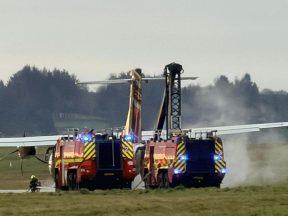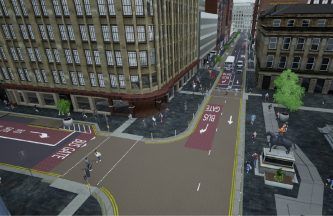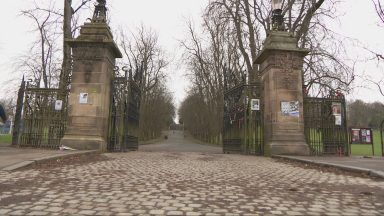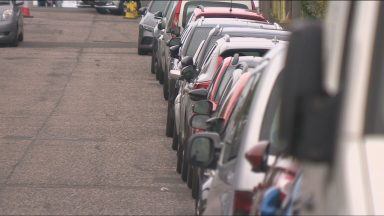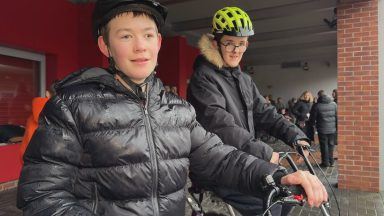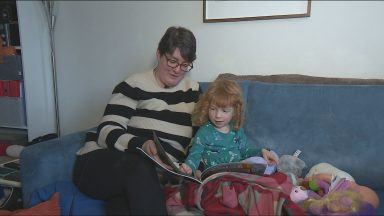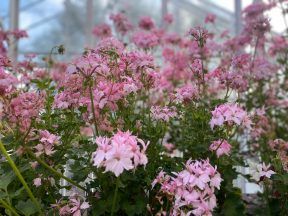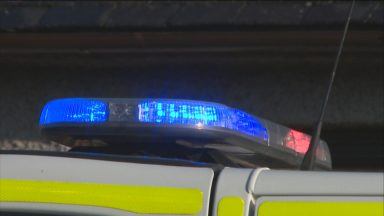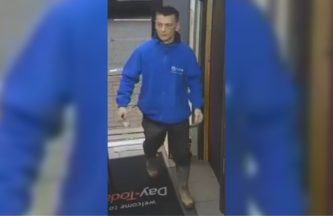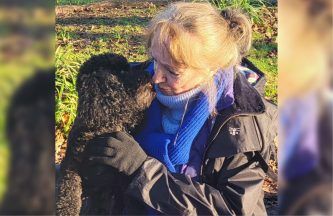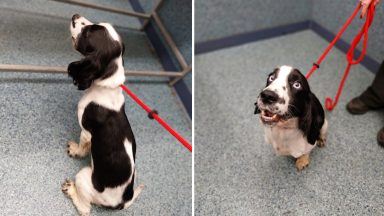The mother of a newborn baby who died in a Glasgow intensive care unit has told an inquiry her daughter died from an infection caused by an “absolutely putrid hospital”.
Sophia Smith was just 11 days old when she died at the Royal Hospital for Children (RHC) at Queen Elizabeth University Hospital (QEUH) campus in Glasgow on April 11, 2017.
The newborn became ill with an infection similar to MRSA, which developed into sepsis.
In 2020, Sophia’s case was handed over to the Crown Office and Procurator Fiscal Service (COPFS), which, earlier this year, announced a Fatal Accident Inquiry (FAI) into her death.
A statement released via lawyers on behalf of Sophia’s bereaved parents, as the inquiry began on Monday, read: “It has been a long road to get to a milestone that we have reached today.
“We are pleased that a FAI has been finally set up and hope that by the end of this process we will know the truth about our daughter and why her life was so tragically and heartbreakingly short.”
Sheriff Joanna MacDonald opened the inquiry at Glasgow Sheriff Court with a statement expressing her “deepest sympathies and condolences” to Sophia’s parents “on the tragic death of their daughter”.
Sophia was born at the Royal Alexandra Hospital in Paisley, Renfrewshire, on March 31, 2017.
The inquiry heard that following her birth, Sophia had difficulty breathing and a possible heart issue, so she was transferred to the neonatal intensive care unit (NICU) at the RHC.
There, she was placed in an incubator with one-on-one nursing care and a “raft of machinery” next to her cot.
She was also given antibiotics via lines into her body, initially in her abdomen and then in her left foot.
Despite a “massive” improvement, with parents Theresa and Matthew Smith being led to believe she would be home in “a matter of weeks”, on April 10, Sophia’s health suddenly deteriorated.
The inquiry heard she turned an “ashen” colour, and by April 11, her lower body had turned “coal black”.
She was found to have suffered a “massive pulmonary haemorrhage” (bleeding on the lung) and, despite efforts to save her, she died at 5.48pm on April 11.
Samples taken on April 10 and 11 both tested positive for staphylococcus aureus (SA), which was later confirmed as PVL-MSSA.
The inquiry heard this bacterium can cause serious infection if it gets into the body, such as through medical lines and catheters.
Giving evidence, Mrs Smith said she had endured “eight years of absolute hell” since her daughter’s death and that she had to live “every day” of her life knowing she was no longer here.
“I want to know what happened to my baby,” she said.
“I want to know why she is not here, playing with her brothers and sisters.”
She added: “She’s dead. I live every day of my life knowing she’s dead, knowing that absolutely putrid hospital caused an infection in my child and killed her.
“And when it killed her, it killed me too. I want to know what happened.”
She also questioned how, despite one-to-one care, hospital staff failed to spot the infection or see the “rapid deterioration” in her baby.
She also said that Sophia had been unable to touch her because she was in an incubator.
She instead had to watch as nurses got to “curl (their) fingers in her hair”.
“When she died in my arms, it was the first time I ever held her,” she said.
In their evidence, she and her husband also described the subsequent struggle to get answers about the source of their daughter’s infection.
“Stonewalling, the missing of documents when requested, the fight to have meetings arranged,” Mr Smith said.
“It’s having to be the ones who are pushing it forward for more information.
“Eight years later, we are still looking for similar answers to questions posed in 2017.”
The inquiry heard that in meetings in June 2017, the bereaved parents pressed hospital staff on the cause of the infection.
In his affidavit, Mr Smith said they were told the staff “didn’t know where she got the infection from”.
He continued: “Dr (Jonathan) Coutts said he had never seen it before, and when pressed, he said it was just bad luck.”
In her evidence, Mrs Smith added Dr Coutts had said, in his opinion, the speed with which the infection took hold of their daughter indicated it was from the “arterial line” in Sophia’s body.
She said when he was asked what would have happened had Sophia not contracted the infection he said he would have “expected her to go on to live a very full life”.
An inspection of the hospital in September 2016 did not identify any infection issues, but the NICU was not inspected.
A further inspection in January 2019 looked at NICU, but did not focus on insertable lines.
The latter inspection found “some non-compliance with standard infection control precautions” at the hospital, but these not were recorded as relating specifically to NICU.
In 2021, the case was transferred to the Health and Safety Investigations Unit to be considered alongside and as part of an ongoing investigation into four deaths at QEUH as a result of infections linked to the built environment of the hospital.
However, the investigation found “no evidence” that Sophia’s infection was linked to those other infections.
The inquiry continues.
Follow STV News on WhatsApp
Scan the QR code on your mobile device for all the latest news from around the country


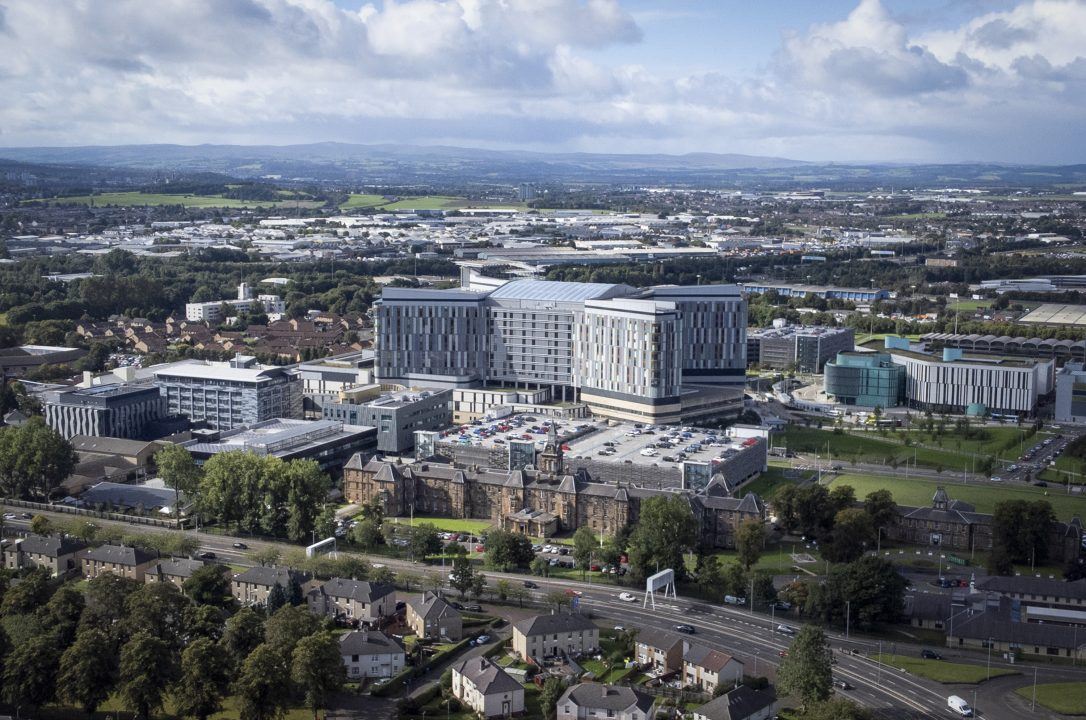 PA Media
PA Media



